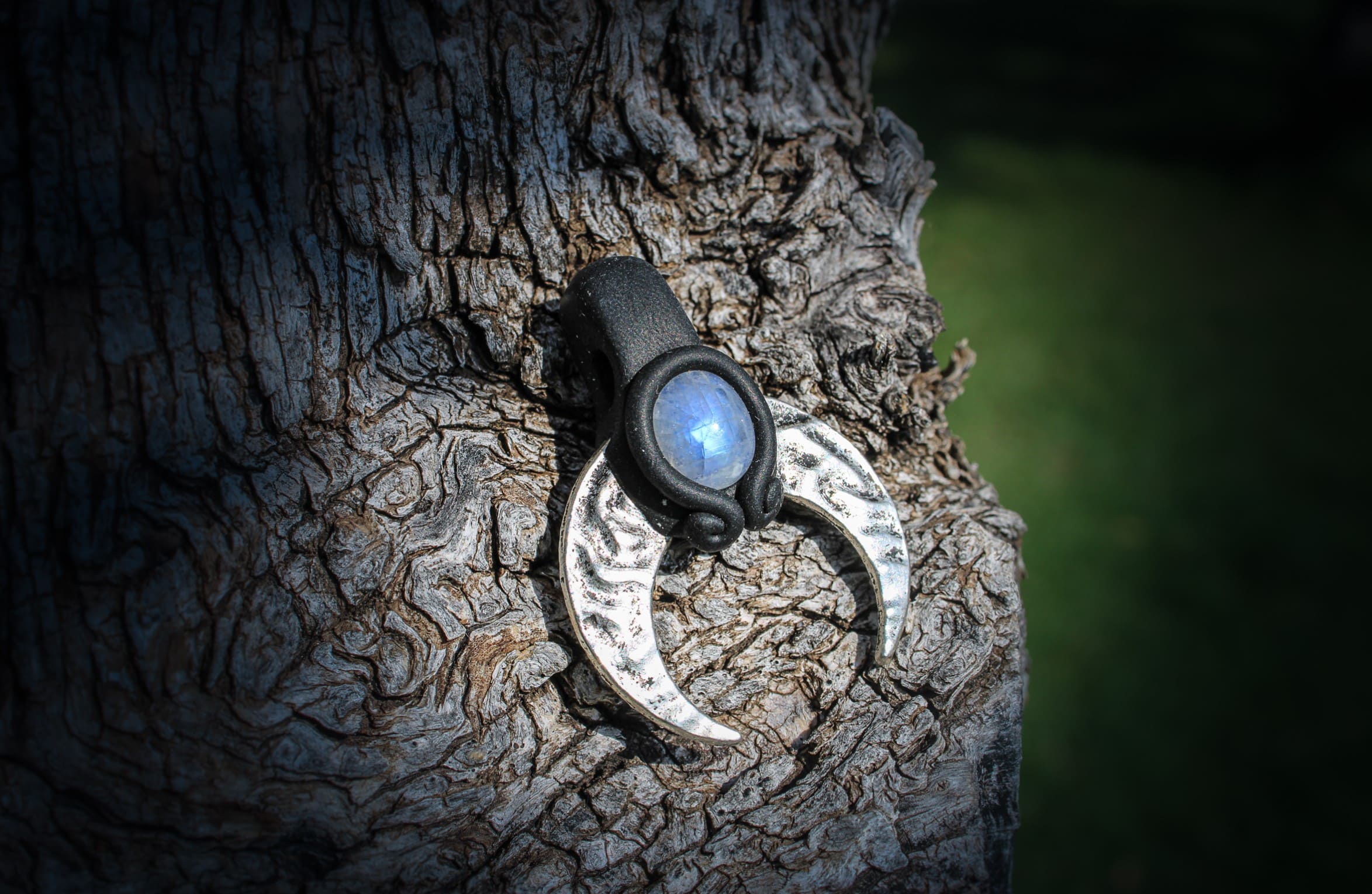Description
The lunula, a captivating protective amulet, weaves its enchantment across diverse cultures: Celts, Romans, Germanic tribes, Muslims, and Arabs. A symbol steeped in tradition, it finds its home predominantly adorning the necks of women, drawing a profound connection to the moon and the feminine essence. Its purpose? To stand as a guardian, shielding both the wearer and her kin. In bygone eras, it was bestowed upon mothers upon the arrival of their children, a symbolic embrace of the protective mantle it offered. Yet, this mystical emblem transcends gender boundaries, as men adorned with it signify not just personal style but military rank—a visual anthem of power.
Enter the fascinating synergy when the lunula joins forces with the moonstone, also known as white labradorite. This union births a potent alliance, as the moonstone, like a celestial counterpart, resonates with the moon, the feminine spirit, and the ebb and flow of water. It’s more than a mere gem; it’s a talisman that bestows fertility, aids in transitions, and kindles the flames of love. Like a celestial conductor, it harmonizes the vital cycles and energetic fields within our bodies, mirroring the dance between the moon and the Earth.
Delve into the historical allure of moonstone—a fascination spanning not just years, but millennia. From the enigmatic times of the Egyptians, Greeks, and Romans, it has left an indelible mark. The Romans, in their poetic belief, saw it as the solidification of lunar rays, a tangible manifestation of the lunar goddess. The Greeks wove its threads into the narratives of Artemis, Helena, and Hecate, an ancient homage to its mystic significance. In the dance of cultures and the passage of time, the lunula and moonstone stand as timeless symbols, captivating hearts and weaving tales that resonate across the ages.





Alexia –
We bought five with our friends! Thanks you it feels so magic
Charlotte –
I got witch knot and lunula it was good. Thank you.
Martha –
My favourite piece from Pol, insane!